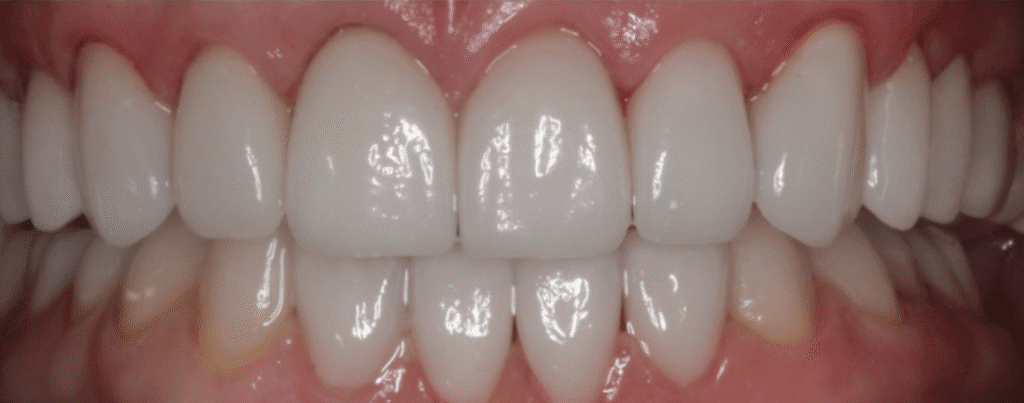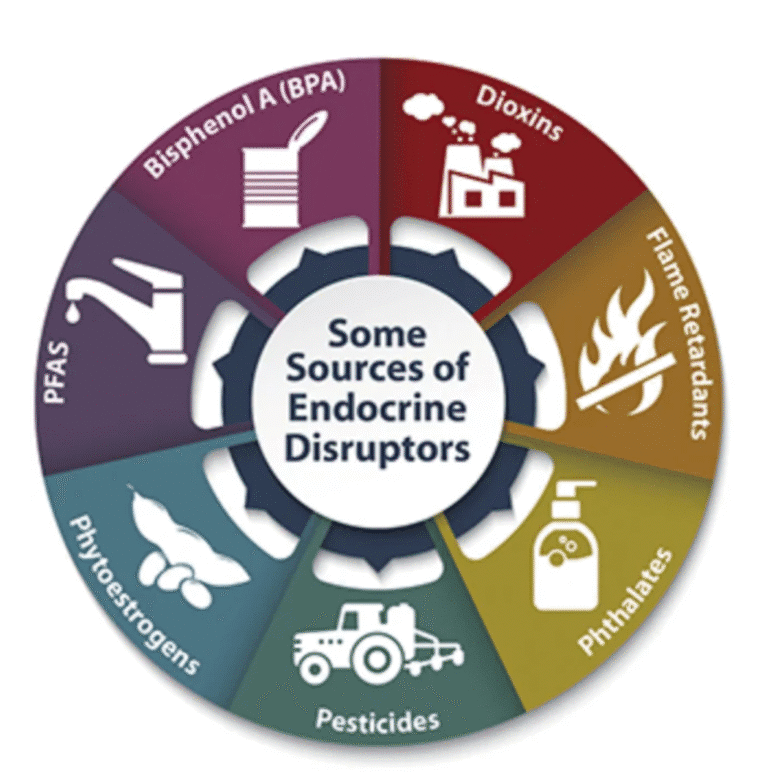What Are No Prep Veneers? The Truth Behind This Supposedly Gentle Procedure
In cosmetic dentistry, porcelain veneers are often presented as the gold standard for achieving a perfect smile.
However, they require the removal of a portion of your natural enamel to make room for the veneer. This enamel cannot grow back, making the procedure irreversible and committing you to a lifetime of replacements.

In response to concerns about tooth reduction, many dentists now offer what they call no prep veneers.
These are promoted as a noninvasive alternative that preserves the natural tooth. But the truth is far more complicated.
No Prep Veneers Explained
No prep veneers are ultra thin shells made of porcelain. They are applied directly to the front of the teeth, supposedly without the need for drilling or enamel removal.
This has led to claims that the process is reversible and far less damaging than traditional veneers.
At first glance, this sounds like the ideal solution. But even when no drilling is used, the bonding process alone can permanently change the tooth. The chemicals used to attach the veneers are extremely strong, creating a connection that is difficult to reverse without harming the enamel.

Many patients are drawn in by the idea of preserving their natural teeth. However, this often creates false expectations. In practice, no prep veneers are rarely as conservative as the name suggests.
BBV tip: Dentists are trained to explain that veneers are irreversible, but most only highlight the benefits. Around 90 percent of dentists would not choose no prep veneers for their own teeth. So if your teeth are healthy, this is something that deserves serious reconsideration.
No Prep Veneers vs Veneers
Traditional veneers, more commonly referred to as porcelain veneers or simply “veneers,” require shaping the tooth before placement. This involves removing a portion of the enamel, which is irreversible.
No prep veneers are marketed as the opposite, claiming to avoid enamel removal entirely. But in reality, most patients are not good candidates for a truly no prep application.

In many cases, dentists still perform what they call minimal preparation. That means some enamel is removed, even if it is less than with traditional veneers. The result is still a permanent change to your natural tooth.
So while the names may differ, the outcome is often the same. Once a veneer is bonded in place, the tooth cannot return to its original condition.
The False Comparison with Porcelain Veneers
Some websites and clinics use the phrase no prep veneers vs porcelain, which creates confusion. Both types are usually made of porcelain. The difference is not in the material but in how much of the natural tooth is altered before placement.

Porcelain is commonly used for both traditional and no prep veneers.
While no prep veneers may be slightly thinner, the difference is often minimal.
That is why no prep veneers can often look bulky or too long, especially if no shaping is done beforehand.
In some cases, the extra bulk can make them more prone to popping off.
So when you see this comparison, understand that it is not typically about quality or longevity. It is about preparation. While some may argue that no prep veneers are a more conservative option, we can give them that. But it is still an irreversible procedure, and the tooth underneath will never be the same.
The High Cost of No Prep Veneers
Another important issue is the cost. No prep veneers are not more affordable than other options. In fact, they often cost the same or even more than traditional veneers.
The price typically ranges from 2k to 3k per tooth. For a full set of 10 teeth, the total can range from 20k to 30k, depending on the location, provider, and materials used.

Patients are often misled. Even if they are not explicitly told veneers are a one time investment, they are reassured that they will last a long time. What is rarely mentioned is the cost of replacements — a detail that is often downplayed or left out entirely. Veneers usually need to be replaced every 10 to 15 years. Over a lifetime, you may need to replace them two or three times. This can bring the total cost to at least 40k to 100k or more.
And that does not include extra costs if a veneer chips or falls off, or if additional work is needed on the tooth underneath.
BBV tip: If your natural teeth are healthy, ask yourself whether it is worth spending 20k or more on a cosmetic solution that may need to be redone, replaced, or repaired within a few years. Once the enamel is altered, there is no going back.
The Irreversibility Most Patients Do Not Hear About
Even when no prep veneers are applied without drills, they are not reversible. Once the veneer is bonded to your enamel, it becomes extremely difficult to remove without damaging the tooth.
Think of the bond like industrial glue. Once two surfaces are joined, separating them cleanly is nearly impossible.
The same is true here. If the veneer is removed or breaks, the underlying enamel is often damaged, leaving the tooth vulnerable and compromised.

In some cases, dentists use lasers or tools to remove veneers. These methods may sound safe but can still affect the natural tooth. And every replacement cycle increases the risk of more enamel loss.
Marketing vs Reality
Only a small group of patients are good candidates for no prep veneers. These individuals usually have minor cosmetic issues, such as small gaps or undersized teeth.
But the majority of people will not get the same results without some level of tooth preparation.

Yet many dentists promote the procedure as suitable for anyone. This mismatch between marketing and reality is one of the most concerning aspects.
Once patients are in the chair, they are often told that a small amount of preparation is needed. At that point, they are already committed.
This minimal prep may sound harmless, but it still involves permanent changes to the teeth. Patients who expect a reversible solution often walk away with lifelong dental maintenance instead.
BBV tip: If you’re considering veneers, avoid going straight into the office for an in-person consultation. Once you’re in the chair, things can move fast and the pressure to commit is real.
Start with a virtual or phone consult instead. It gives you time to think clearly, ask questions, and avoid being rushed into a permanent decision.
Final Thoughts
No prep veneers are not the harmless shortcut they are made out to be. While they may involve less drilling than traditional veneers, they still lead to permanent changes and repeated expenses over time.
Patients deserve full transparency before making such a major decision.
If you are considering no prep veneers, make sure to ask your dentist about long term upkeep, enamel impact, and what will happen if the veneers need to be removed.
Because once the bonding is done, there is no going back to your natural smile.
Disclaimer:The information provided is for educational and informational purposes only and does not constitute medical or dental advice.

If you have questions about this article, need help understanding your options, or want to know what to ask during a consultation, we’re here to help. Just leave us a message — even a quick question like:
- “Do you know any qualified dentists who offer enhanced composite resin veneers?”
- “How do I know if this is right for me?”
- “What are the typical costs among providers for enhanced composite resin veneers?”
- “What should I ask my dentist before starting treatment?”
- “Is there a way to tell if my teeth are healthy enough for this type of veneer?”
- “What’s the difference between traditional bonding and enhanced composite resin?”
Every person’s case is unique, and while we’ll do our best to answer your questions and share helpful insights, always consult a licensed dental professional before making any treatment decisions.





